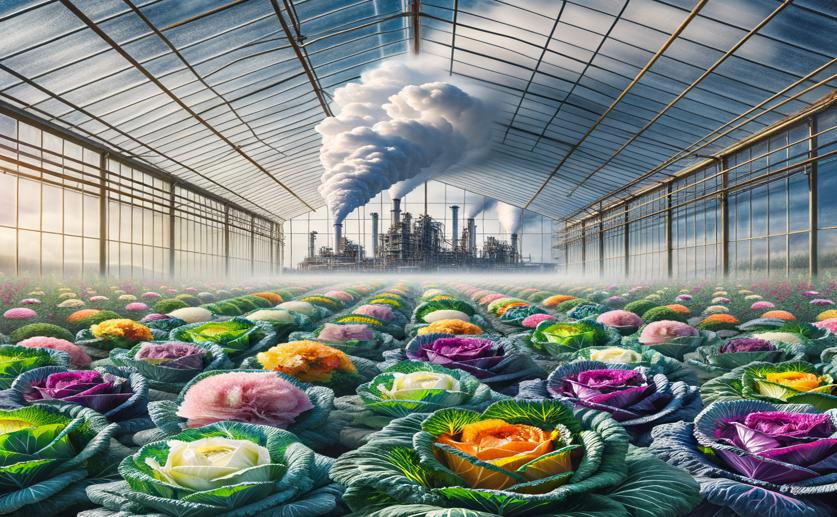
Greenhouse Gas Emissions and Factors in Different Flowering Cabbage Varieties
Jenn Hoskins
26th May, 2024

Image Source: Natural Science News, 2024
Key Findings
- The study by the Guangdong Academy of Agricultural Science found that different varieties of flowering Chinese cabbage affect greenhouse gas emissions
- Early-maturing varieties reduced greenhouse gas emissions by 25.6% and 15.3% compared to mid- and late-maturing varieties
- Light-colored and sharp-leafed varieties showed lower global warming potential, making them better for reducing carbon emissions
AgricultureEnvironmentPlant Science
References
Main Study
1) Greenhouse gas emissions and their driving factors among different flowering Chinese cabbage (Brassica campestris L.) varieties.
Published 25th May, 2024
https://doi.org/10.1007/s11356-024-33769-x
Related Studies
2) Plant morphophysiological and anatomical factors associated with nitrous oxide flux from wheat (Triticum aestivum).
3) Plant physiological and soil characteristics associated with methane and nitrous oxide emission from rice paddy.
4) Nitrous oxide emission in altered nitrogen cycle and implications for climate change.
5) Intensive vegetable production results in high nitrate accumulation in deep soil profiles in China.



 14th May, 2024 | Jenn Hoskins
14th May, 2024 | Jenn Hoskins